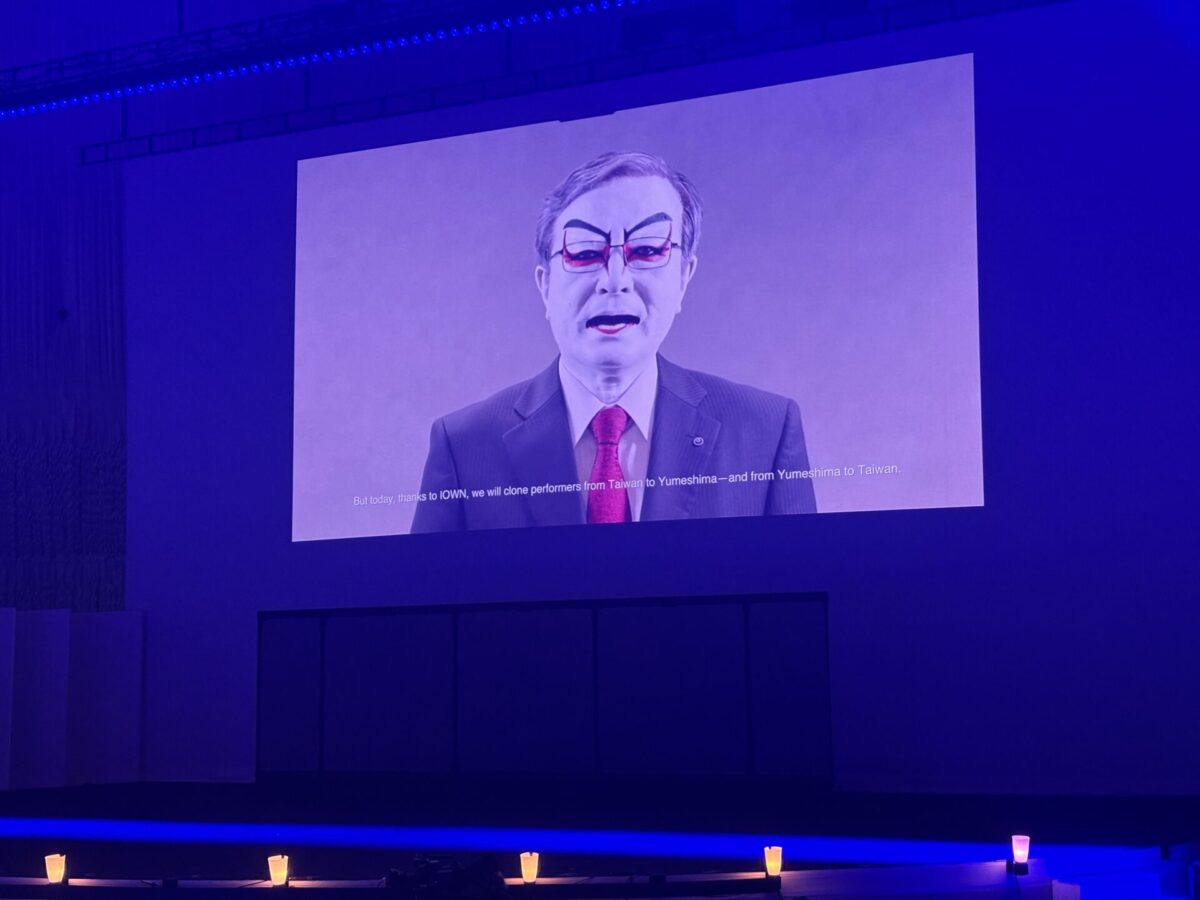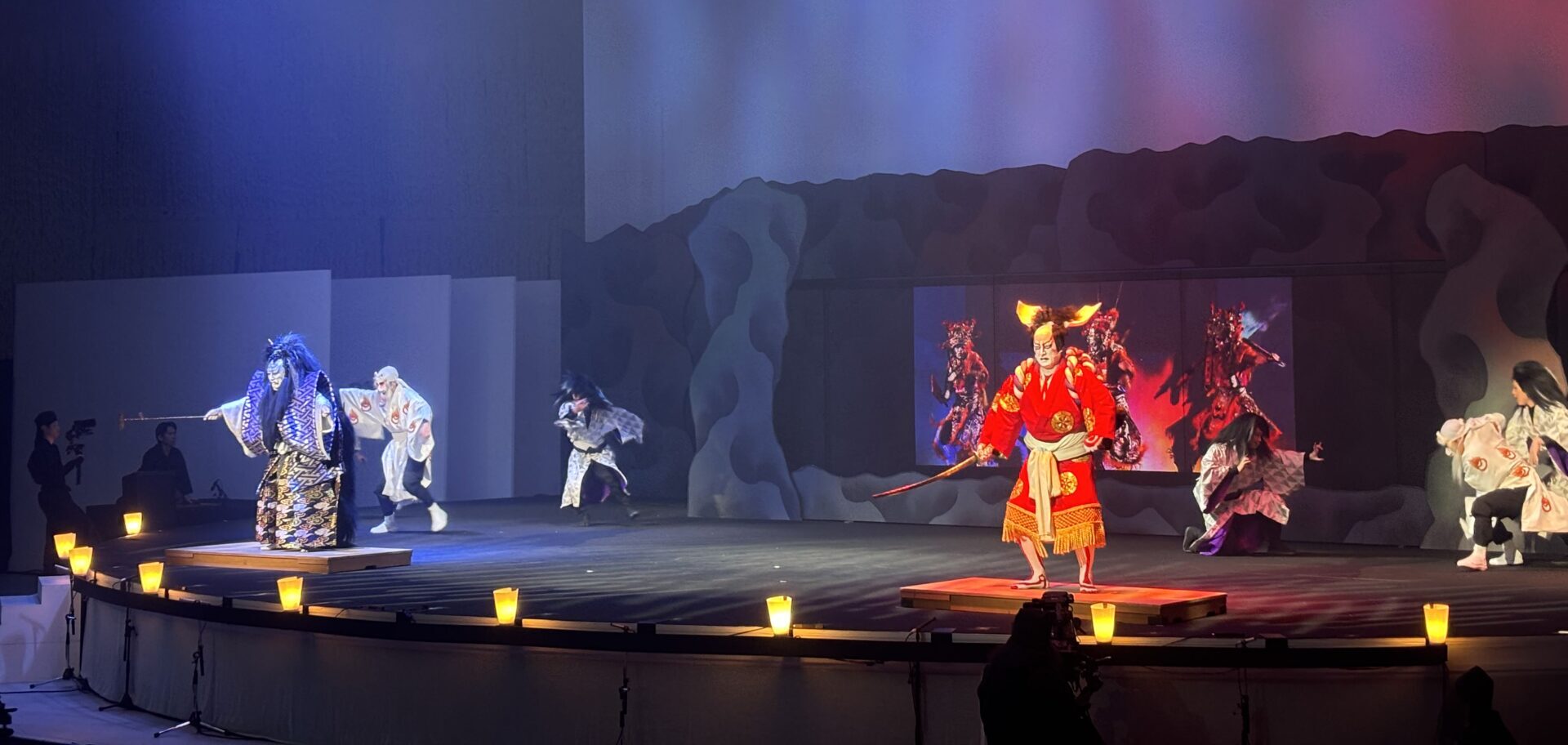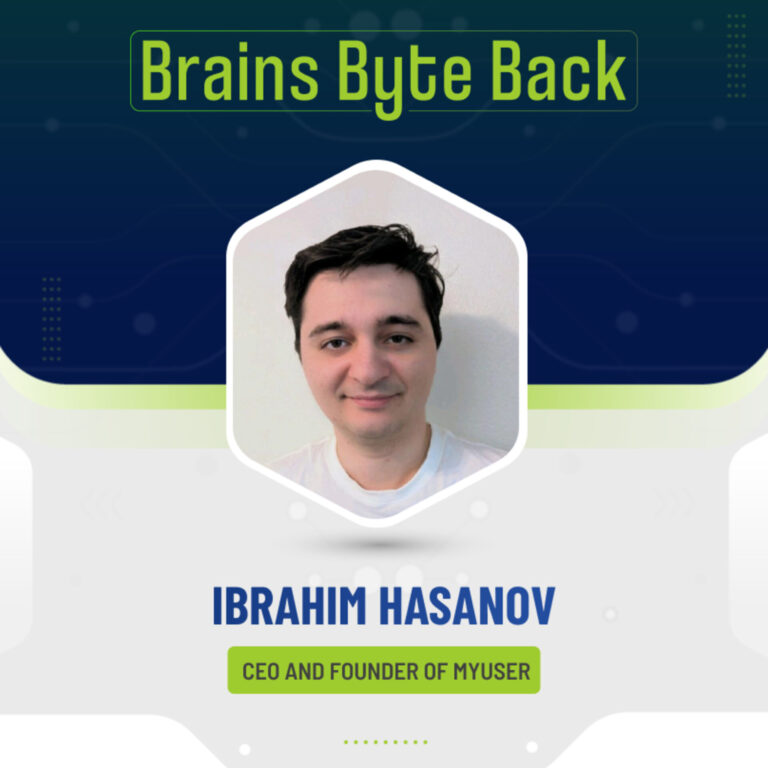In a fusion of tradition and technology, Japanese tech firm NTT unveiled the capabilities of its Innovative Optical and Wireless Network (IOWN) through a Kabuki performance at the Osaka Expo on Saturday, May 24.
The play, which was repeated on Sunday, was performed simultaneously in Taipei and Osaka, with actors in both cities interacting in real time with live-streamed counterparts over 1,000 miles away.
The spectacle was enabled by the world’s first international IOWN All-Photonics Network (APN), a technology spearheaded by NTT and backed by the likes of Google and Microsoft that hopes to lead the next generation of internet.
“Today, for the first time in the world, the Yumeshima venue here and the venue in Taiwan are connected via IOWN’s international All-Photonics Network,” said Akira Shimada, President and CEO of NTT, at the event in Osaka.
NTT has bet big on IOWN, which it believes will solve many of the problems surrounding current wireless infrastructure.
In contrast to conventional fiber-optic networks which rely on electronics and copper wiring, IOWN employs an all-photonic infrastructure. Photonics, which are light-based components, allow faster data transmission and lower latency than electronic networks.
NTT believes that, once completed, its IOWN network will be able to lower power consumption by 100 times, increase data transmission capacity by 125 times and reduce end-to-end latency by 200 times.

If successful, IOWN would offer a solution to the mounting energy consumption required to store and process the world’s data. Data centers, which already make up roughly 1.5% of global electricity use, are expected to use twice as much energy by 2030.
Reducing power consumption would significantly reduce the financial burden for firms like NTT, which is one of the world’s largest data center operators. It would also reduce the environmental impact of the modern data economy.
In 2020, the company formed the IOWN Global Forum alongside Intel and the Sony Group. The non-profit organization works with industry leaders to advance the development of all-photonics infrastructure and technology.
In addition to Google and Microsoft, the forum’s over 150 members include international tech titans like Nvidia and Samsung.
NTT’s Kabuki performance exhibited the fruits of this collaboration and showed that the Japanese firm’s $3.6 billion annual investment in R&D efforts is paying off.
The company claims to be the world leader in optical engineering and electronics and has positioned itself as a trailblazer in developing optical networks.
Its IOWN technology was also integrated into the Osaka World Expo, with its APN equipment installed in the venue’s fiber optic network.
While NTT demonstrated that IOWN has left the conceptual stage of its development, the technology still has a ways to go.
NTT aims to develop its first interchip IOWN network by 2028 and intrachip network by 2032.
But integrating IOWN into global wireless networks will not be easy. Rolling out the technology on a worldwide scale will require enormous investment and international cooperation.
NTT also faces competition from Huawei, which is developing its own plans for an all-optical network called OptiX.
For now, NTT’s Kabuki performance is just the first act in what may be a dramatic technological revolution.












